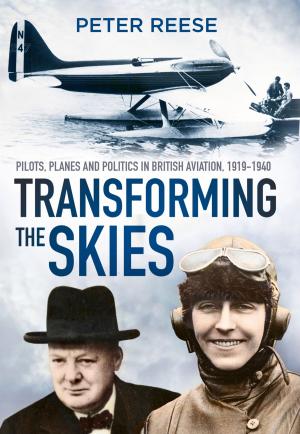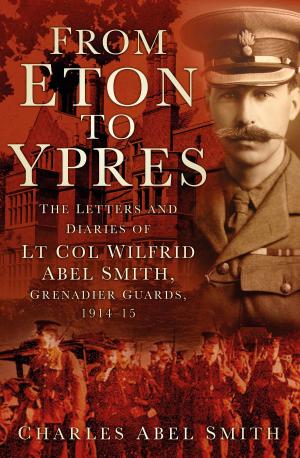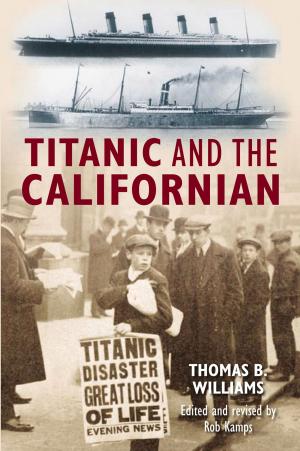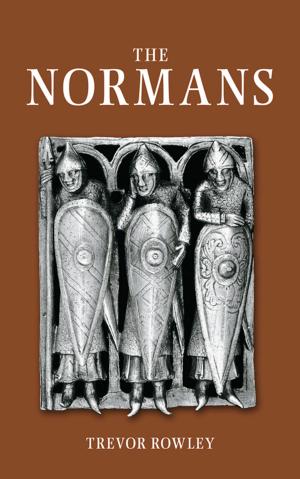From Bouncing Bombs to Concorde
The Authorised Biography of Aviation Pioneer Sir George Edwards OM
Nonfiction, Reference & Language, Transportation, Aviation, History, Biography & Memoir, Reference| Author: | Robert Gardner, Sir John Major | ISBN: | 9780752496030 |
| Publisher: | The History Press | Publication: | June 22, 2006 |
| Imprint: | The History Press | Language: | English |
| Author: | Robert Gardner, Sir John Major |
| ISBN: | 9780752496030 |
| Publisher: | The History Press |
| Publication: | June 22, 2006 |
| Imprint: | The History Press |
| Language: | English |
For a quarter of a century from 1950, George Edwards was the dominant figure in British aviation, both civil and military. His name is synonymous with the Vickers Viscount, the world's first turboprop airliner, and the Concorde, for which he led the British team throughout its formative period to customer delivery. During the Second World War, Edwards worked closely with Barnes Wallis and was responsible for making the dam busters' famous bouncing bomb bounce. After the war he was appointed chief designer at Vickers and designed Britain's first V-bomber, the Valiant, which was delivered to the RAF in just four years. Edwards then took the lead in the most ambitious military aircraft programme of the period, TSR2, until it was controversially cancelled in 1965. Against this setback, his successes included the VC10 airliner (still in service today with the RAF) and the legendary Anglo-French Concorde. Edwards's patience and perseverance when dealing with politicians and with his counterparts across the Channel were critical to the success of the Concorde project.
For a quarter of a century from 1950, George Edwards was the dominant figure in British aviation, both civil and military. His name is synonymous with the Vickers Viscount, the world's first turboprop airliner, and the Concorde, for which he led the British team throughout its formative period to customer delivery. During the Second World War, Edwards worked closely with Barnes Wallis and was responsible for making the dam busters' famous bouncing bomb bounce. After the war he was appointed chief designer at Vickers and designed Britain's first V-bomber, the Valiant, which was delivered to the RAF in just four years. Edwards then took the lead in the most ambitious military aircraft programme of the period, TSR2, until it was controversially cancelled in 1965. Against this setback, his successes included the VC10 airliner (still in service today with the RAF) and the legendary Anglo-French Concorde. Edwards's patience and perseverance when dealing with politicians and with his counterparts across the Channel were critical to the success of the Concorde project.















